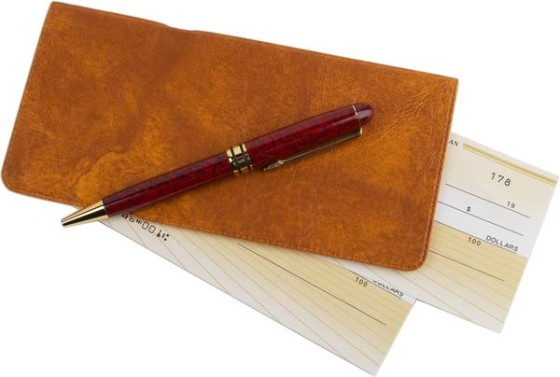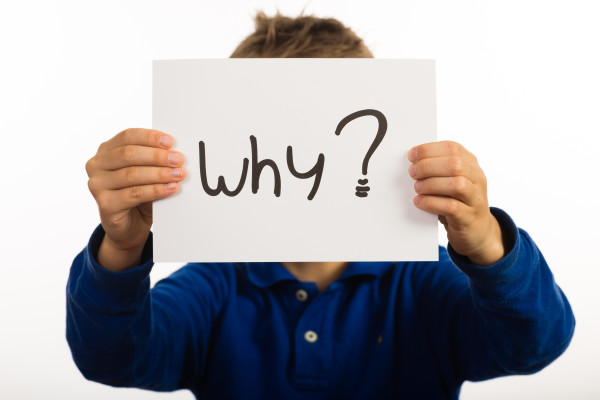Teenagers get 55-60 percent of their money from their parents, noted an April survey by asset management firm Piper Jaffrey. They spend 40 percent of their money on clothing and other fashion accessories.
The earlier kids are taught about the value of money, the better prepared they will be when they leave the nest. They’re also more likely to start applying those lessons before its even necessary.
Money – Allowance vs. No Allowance
The Jumpstart Coalition found in a 2000 survey, 35 percent of teenagers received an allowance based on work they did around the house. About 11 percent received free money from their parents. The only difference today is $1 in 2000 equals $1.36 today due to inflation. Not surprisingly, the teens who worked for their money and the ones who received no allowance at all scored higher in financial literacy tests than the free money recipients.
It is ultimately the parent’s choice whether or not to give their child an allowance, regardless of the circumstances attached to it. Paul Golden, president of the National Endowment for Financial Education, told US News and World Report any allowance should be part of an overall lesson in money management and not a reward or punishment.
Lewis Mandell, a professor of finance at SUNY Buffalo, has a completely different take. He told Time magazine parents should simply buy kids the things they need and want as opposed to giving them money to buy it themselves. Mandell went as far to call allowance a “terrible” idea, citing studies finding the practice lowered motivation and discouraged kids from working.
Buy The Product, Not The Name
It’s no secret, kids have to sport the latest names and logos to be considered “cool” among their peers. The fact is generic or store-branded products cost up to 60 percent less than their counterparts. You’re fighting a losing battle when trying to convince a teenager to wear a Wal-Mart shirt as opposed to a Hollister or Abercrombie and Fitch one that looks exactly the same.
But an Acer or Samsung laptop will allow them to surf the web and play video games for much less than a MacBook. You can even teach a subtle lesson about interest rates and amortization on their 16th birthday when looking for used cars. That old Ford Escort may not be as pretty as the BMW right next to it, but it much less expensive and will keep them from taking the bus to school in the morning.
There is one golden rule when it comes to shopping: forget the name, it functions the same.
Job and Bank Account
Some kids will dread getting their first job. Others will love the independence and freedom a job provides. But just because they are now making money with no rent or utility obligations doesn’t mean they can spend freely. This is why kids should have a checking account the moment they receive their first paycheck.
Still, only about 45 percent of high school seniors have a checking account, and 25 percent have no bank account at all according to Bankrate.com. Subsequently, 30 percent of college students admitted to bouncing a check at some point.
A checking account will teach kids how to budget and manage their overall finances once they leave home. This experience will come in handy when their first cable or electric bill becomes due in college.
Kids can still be kids when it comes to money and entertaining themselves. But gradual doses of reality as they’re growing up is better than financial ruin by age 21.
Do you have any other ideas you would like share about teens and money? If you do, please write them in the Comments below. Thank you.










